Author: Paul Amico
Developed by Washington State University, Cashmere is a cross between Cascade and Northern Brewer that was released for public use in 2013. Possessing more alpha acid than Cascade and solid oil content, Cashmere is often referred to as a dual purpose hop for its ability to contribute both bitterness as well as a unique blend of characteristics including coconut, lime peel, pineapple, and melon.
Alpha: 6.9 – 10.1%
Beta: 3.5 – 7.1%
Cohumulone: 22 – 24% of alpha acids
Total Oil: 0.5 – 1.8 mL/100g
Myrcene: 39 – 42%
Humulene: 26 – 29%
Caryophyllene: 12 – 13%
Farnesene: <1%
Linalool: not available
ß-Pinene: not available
Geraniol: not available
Parentage: cross between Cascade and Northern Brewer
Lately, it seems a lot of newer hop varieties have coconut as a descriptor, a fruity characteristics I tend to think works well in modern hoppy styles. Having never used Cashmere before, I was excited to brew this single hop beer for The Hop Chronicles and see what blind tasters thought of it.
| MAKING THE BEER |
The recipe for this beer was similar to past Hop Chronicles, with small adjustments made to the hop schedule to keep the bitterness in check.
Cashmere Pale Ale
Recipe Details
| Batch Size | Boil Time | IBU | SRM | Est. OG | Est. FG | ABV |
|---|---|---|---|---|---|---|
| 5.5 gal | 60 min | 43.6 IBUs | 5.9 SRM | 1.052 | 1.012 | 5.3 % |
| Actuals | 1.052 | 1.01 | 5.6 % | |||
Fermentables
| Name | Amount | % |
|---|---|---|
| Lamonta (Mecca Grade) | 10 lbs | 83.33 |
| Vanora (Mecca Grade) | 2 lbs | 16.67 |
Hops
| Name | Amount | Time | Use | Form | Alpha % |
|---|---|---|---|---|---|
| Cashmere | 18 g | 45 min | Boil | Pellet | 7.9 |
| Cashmere | 20 g | 30 min | Boil | Pellet | 7.9 |
| Cashmere | 22 g | 15 min | Boil | Pellet | 7.9 |
| Cashmere | 60 g | 2 min | Boil | Pellet | 7.9 |
| Cashmere | 60 g | 3 days | Dry Hop | Pellet | 7.9 |
Yeast
| Name | Lab | Attenuation | Temperature |
|---|---|---|---|
| Dieter (G03) | Imperial Yeast | 75% | 60°F - 69°F |
Notes
| Water Profile: Ca 92 | Mg 1 | Na 10 | SO4 153 | Cl 50 |
Download
| Download this recipe's BeerXML file |
I started my brew day by collecting the full volume of water, which I adjusted to my desired profile before turning on my electric controller.
As the water heated, I weighed out and milled the grains.
Once the strike water was properly heated, I stirred in the grains and set the controller to maintain my desired mash temperature.
During the mash rest, I weighed out the kettle hop additions.
When the 60 minute mash rest was finished, I removed the grains from the sweet wort and set the controller the heat it up.
Following a 60 minute boil, I used my CFC to chill the wort during transfer to a sanitized fermenter.
A refractometer reading indicated the wort hit my target OG.
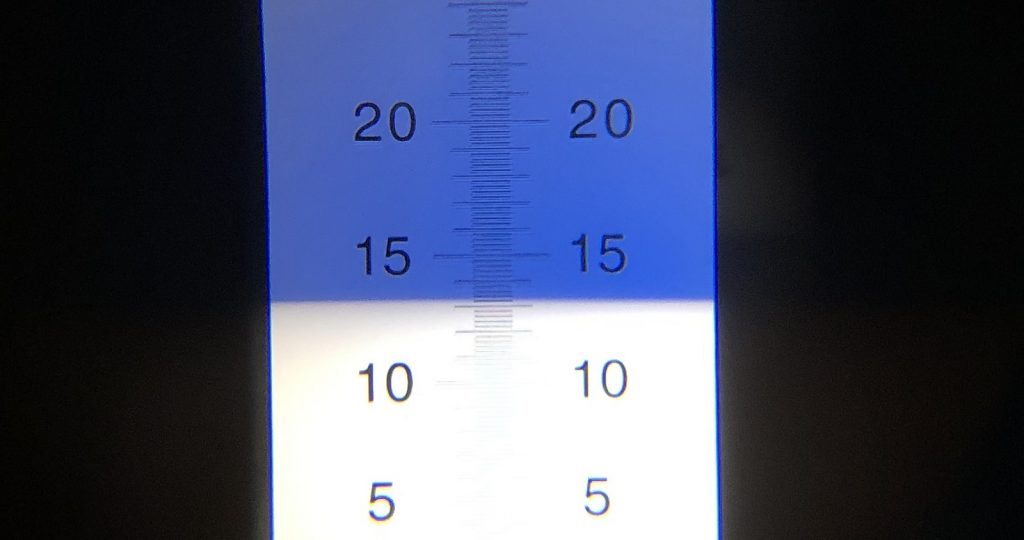
After a couple hours in my temperature controlled chamber, I pitched a pouch of Imperial Yeast G03 Dieter directly into the wort.
The beer was left to ferment at 66°F/19°C for 11 before I took a hydrometer measurement confirming FG was reached.
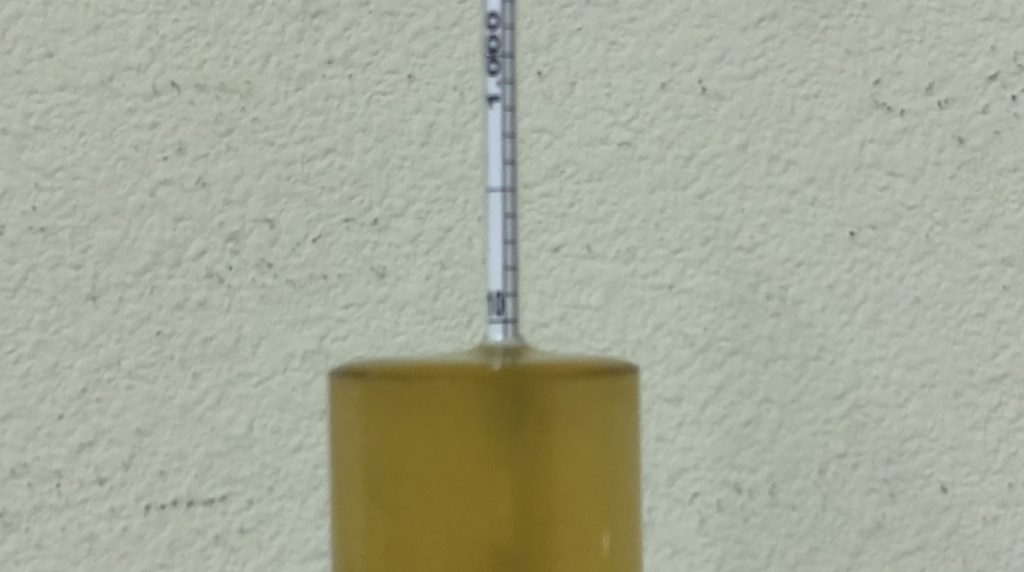
With fermentation complete, I pressure transferred the beer to a CO2 purged keg.
The filled keg was placed in my keezer and burst carbonated overnight before I reduced the gas to serving pressure. After a week of conditioning, I began serving it to blind tasters.
| METHOD |
Participants were instructed to focus only on the aromatic qualities of the beer before evaluating the flavor. For each aroma and flavor descriptor, tasters were asked to write-in the perceived strength of that particular characteristic on a 0-9 scale where a rating of 0 meant they did not perceive the character at all and a 9 rating meant the character was extremely strong. Once the data was collected, the average rating of each aroma and flavor descriptor was compiled and analyzed.
| RESULTS |
A total of 26 people participated in the evaluation of this beer, all blind to the hop variety used until after they completed the survey. The average aroma and flavor ratings for each descriptor were plotted on a radar graph.
Average Ratings of Aroma and Flavor Perceptions
The 3 characteristics endorsed as being most prominent by participants:
| Aroma | Flavor |
| Tropical Fruit | Apple/Pear |
| Apple/Pear | Tropical Fruit |
| Citrus | Citrus + Stone Fruit (tie) |
The 3 characteristics endorsed as being least prominent by participants:
| Aroma | Flavor |
| Onion/Garlic | Onion/Garlic |
| Dank/Catty | Dank/Catty |
| Earthy/Woody | Spicy/Herbal |
When asked to rate the pungency/strength of the hop, most tasters perceived it as being mildly to moderately pungent.
Tasters were then instructed to identify beer styles they thought the hop would work well in.
Finally, participants were asked to rate how much they enjoyed the hop character on a 1 to 10 scale.
My Impressions: Upon initially sampling this single hop Cashmere Pale Ale, I expected to get noticeable lime and herbal notes based on existing descriptions, but that wasn’t the case. Rather, I picked up mostly moderate tropical fruit with refreshing hints of citrus and melon in the background. The overall hop character was quite restrained, to the point I think it might work beautifully in less hop-centric styles like Blonde Ale, pale lager, and perhaps even Kölsch.
| CONCLUSION |
Whereas a number of modern hops possess an in-your-face pungency, there’s something to be said about subtlety, which Cashmere seems to do well. While tasters rated a beer hopped entirely with Cashmere as having solid tropical fruit and citrus characteristics, aroma and flavor ratings on apple/pear were pretty high as well, which is rather unique. Combined with its lower perceived onion/garlic and dank/catty, Cashmere is a variety that can work well in a number of beer styles from pale lager to IPA.
In conversations with tasters who’d completed the survey, some described the beer as having a sort of refreshing quality to it, something that’d pair well with mowing the lawn on a warm Fall day. My experience aligns with this. The subtle yet still present nature of Cashmere seemed to play well with the simple grist and clean fermentation, making for a very enjoyable and easy-drinking beer. Furthermore, the bitterness contributed by this variety was notably round and soft, not at all aggressive, which I feel also played into its drinkability.
Having never used Cashmere before, I only had existing descriptions to rely on, and they characterized this hop as imparting lime, lemon, and herbal notes. While I did detect some citrus, I have to agree with the blind taster data showing a stronger tropical fruit led the show, which isn’t a bad thing at all. Given how tasty this more heavily hopped Pale Ale was, I look forward to using Cashmere in a less assertively hopped pale lager, which I feel will allow some of its unique characteristics to shine.
Cashmere hops are available now at Yakima Valley Hops, get them while you can! If you have any thoughts on this variety, please feel free to share them in the comments section below.
Support Brülosophy In Style!
All designs are available in various colors and sizes on Amazon!
Follow Brülosophy on:
FACEBOOK | TWITTER | INSTAGRAM
If you enjoy this stuff and feel compelled to support Brulosophy.com, please check out the Support page for details on how you can very easily do so. Thanks!



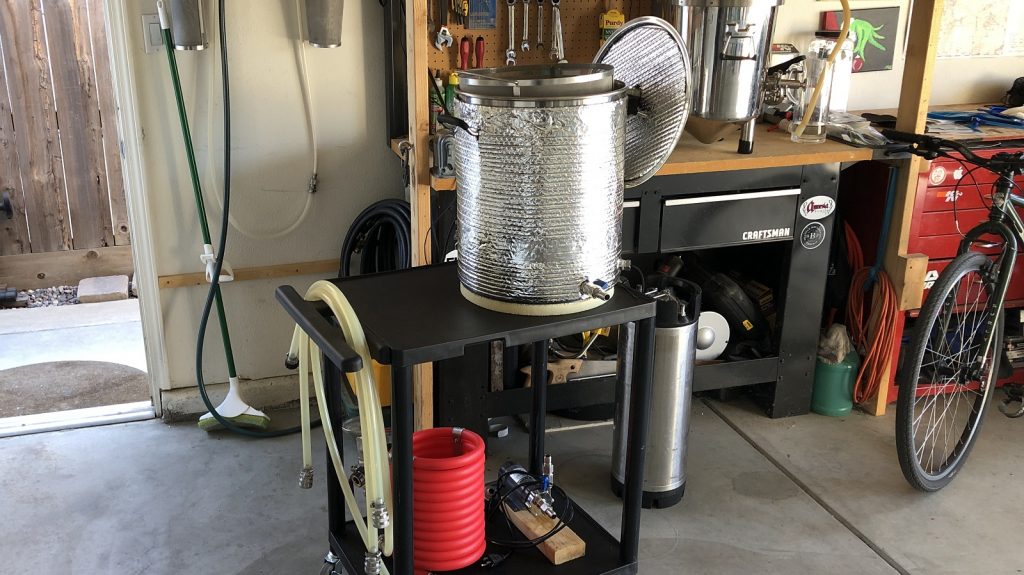
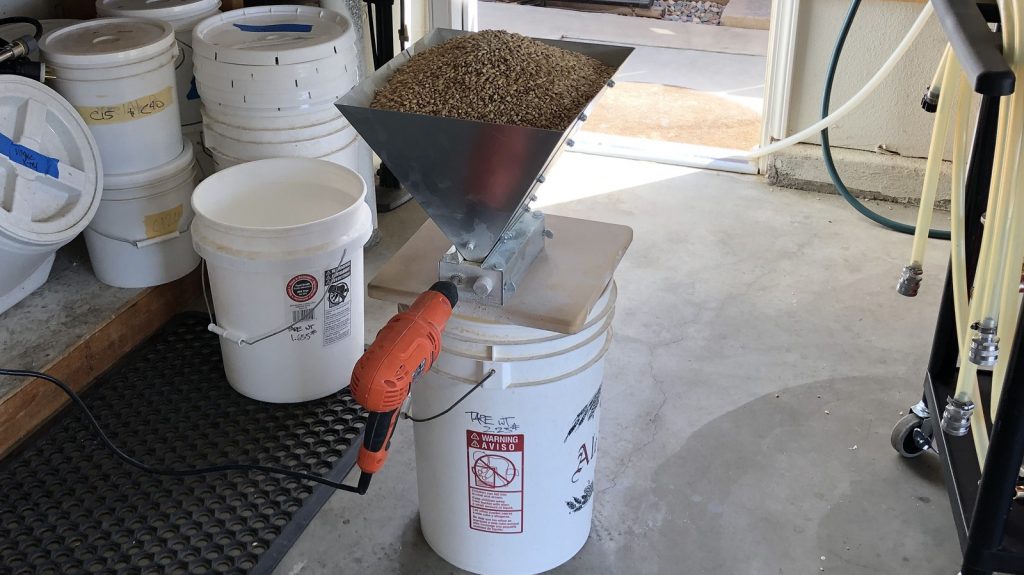
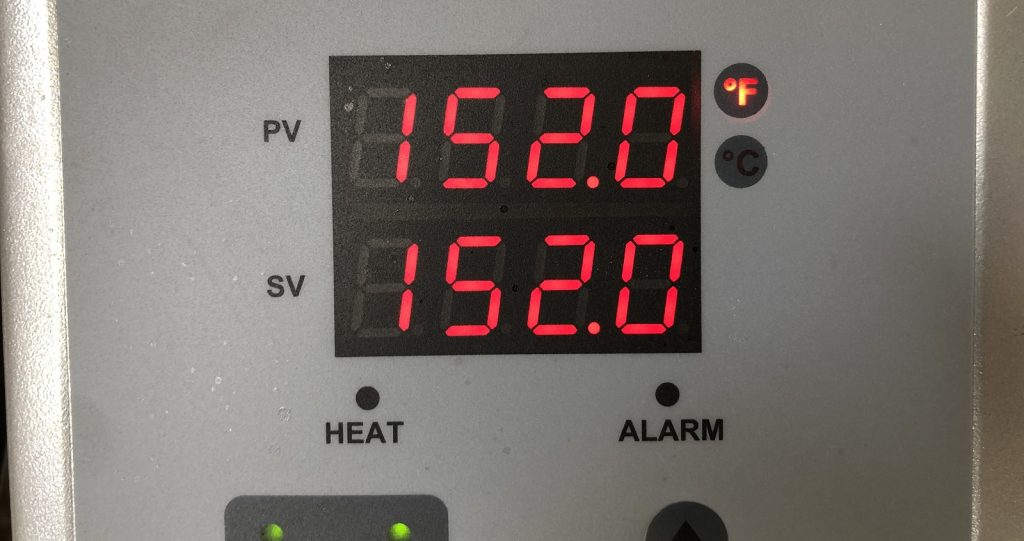
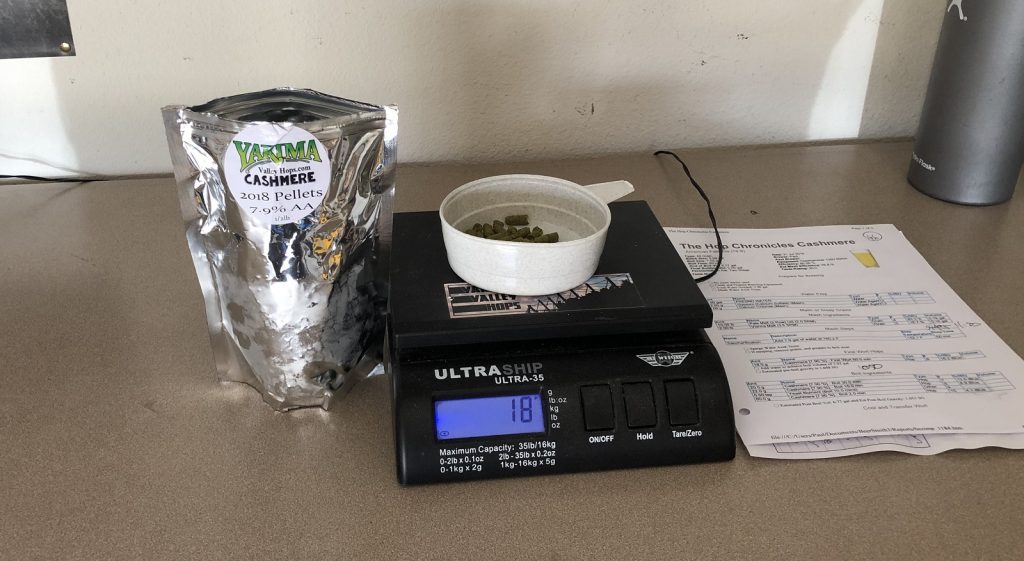
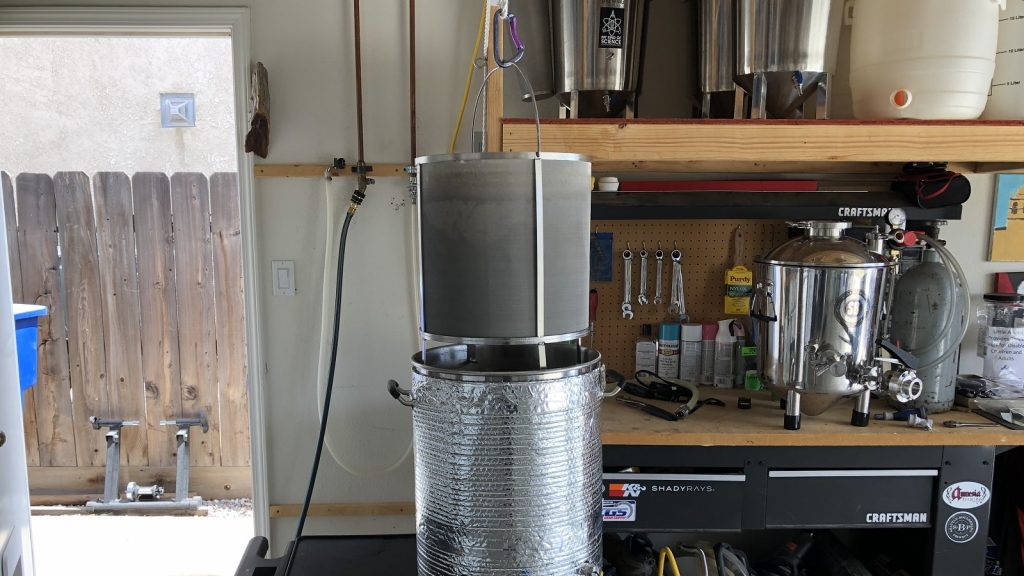
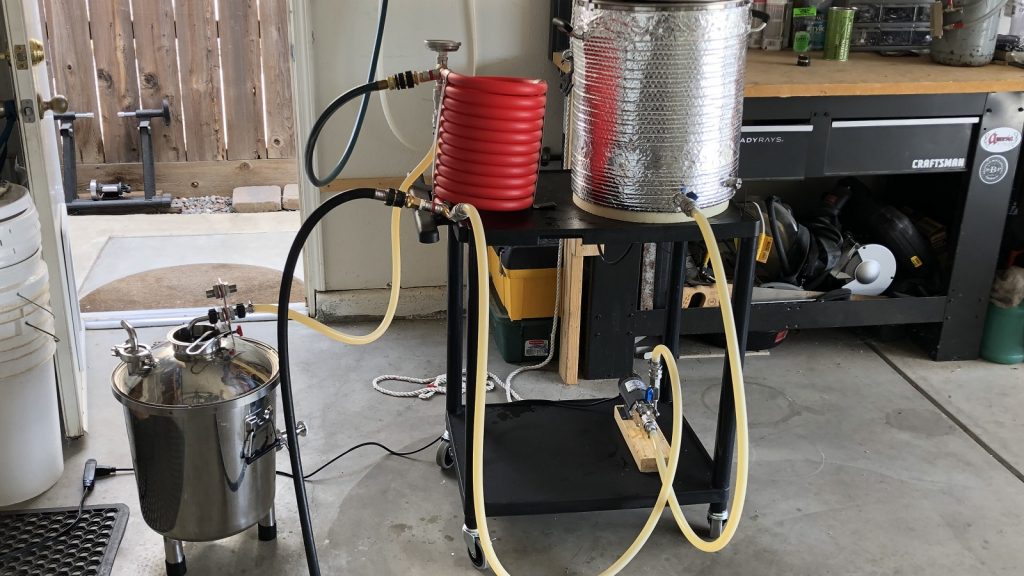
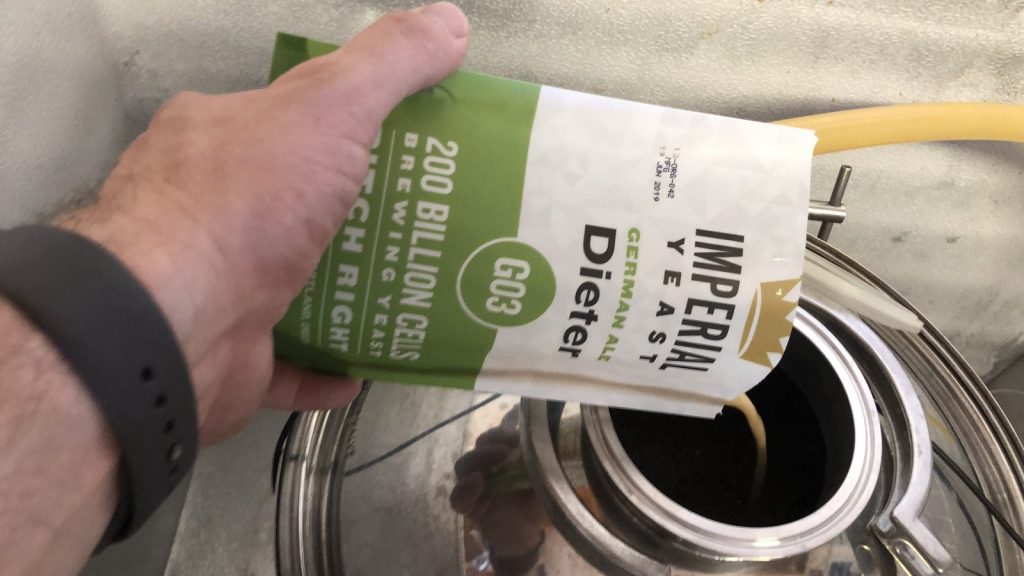
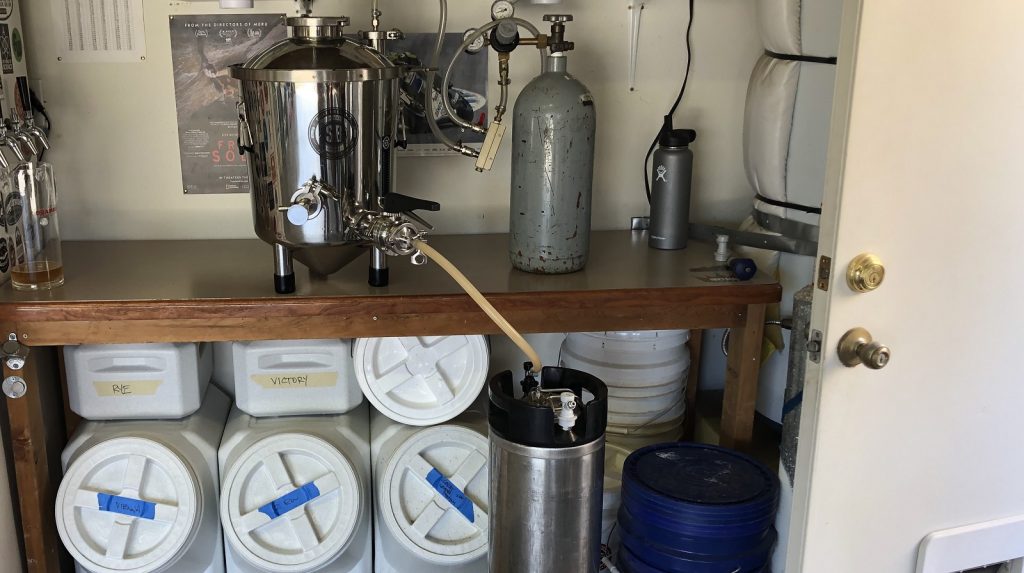
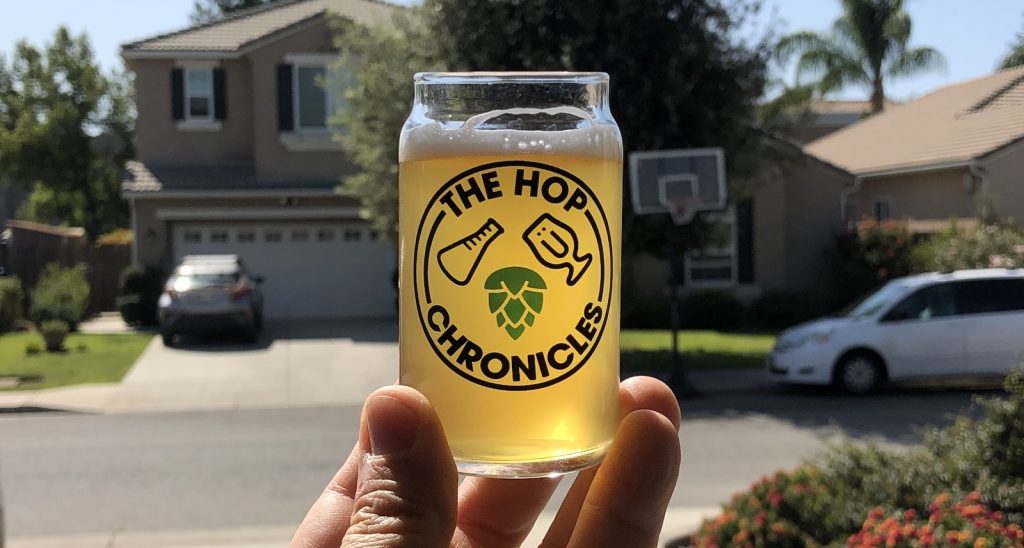

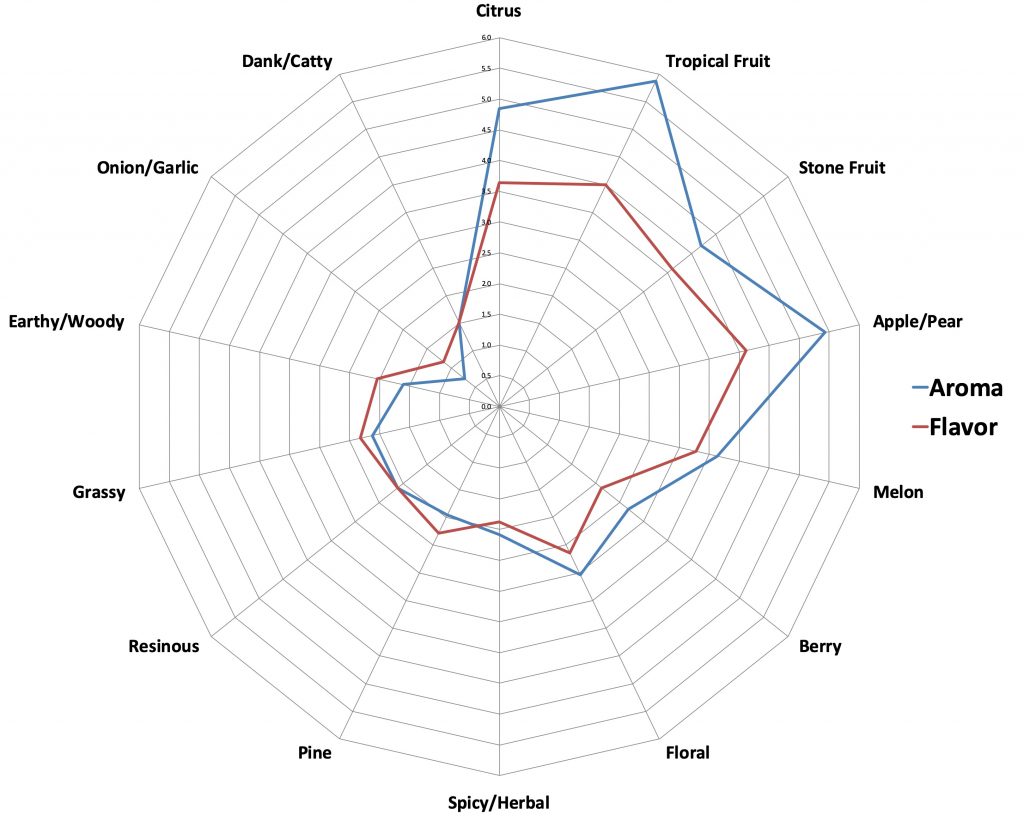
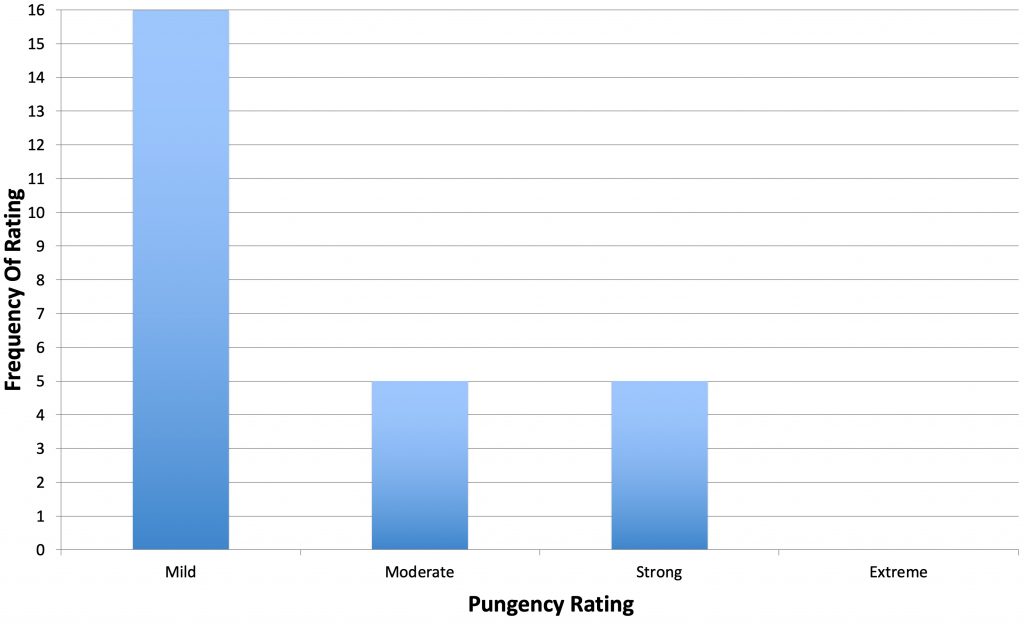
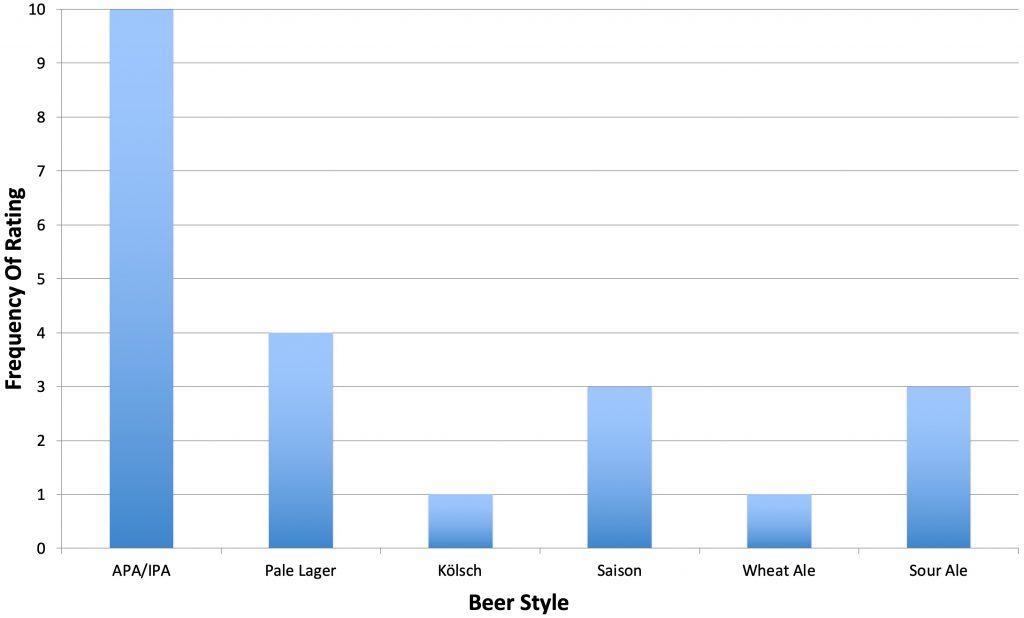
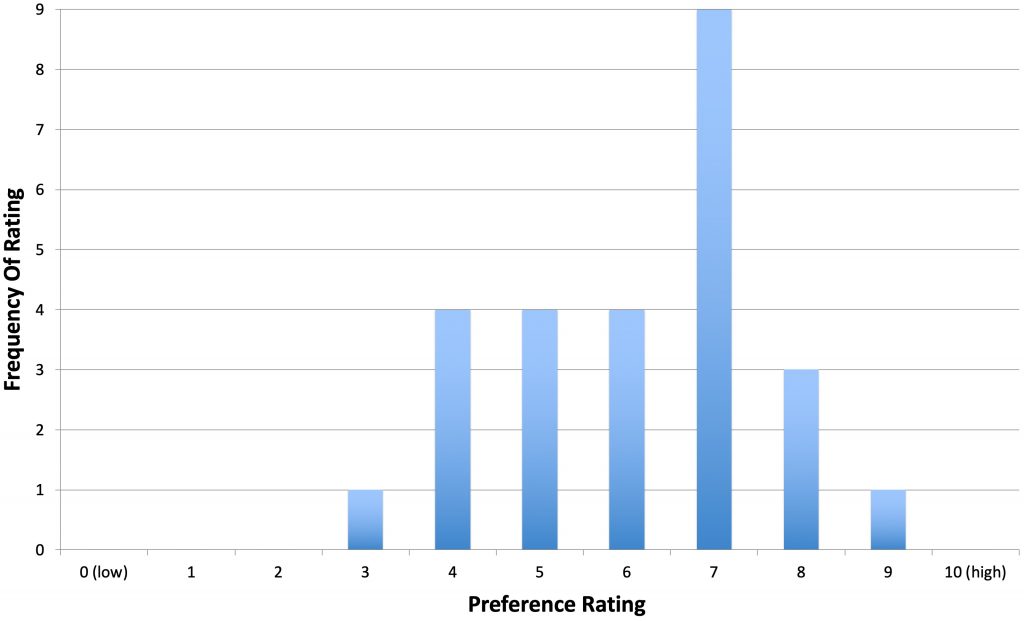











3 thoughts on “The Hop Chronicles | Cashmere (2018) Pale Ale”
Nice review. I might try this hop in a Kolsch or even lager.
We use Dieter, which is their Kolsch yeast. It’s been about 5 weeks since I brewed it and it’s super tasty. So…Kolsch would be fantastic with it
I’m going to try this hop in a california common beer recipe since its lineage is northern brewer. I’m wondering if the coconut will come out more with that style given the malt profile.